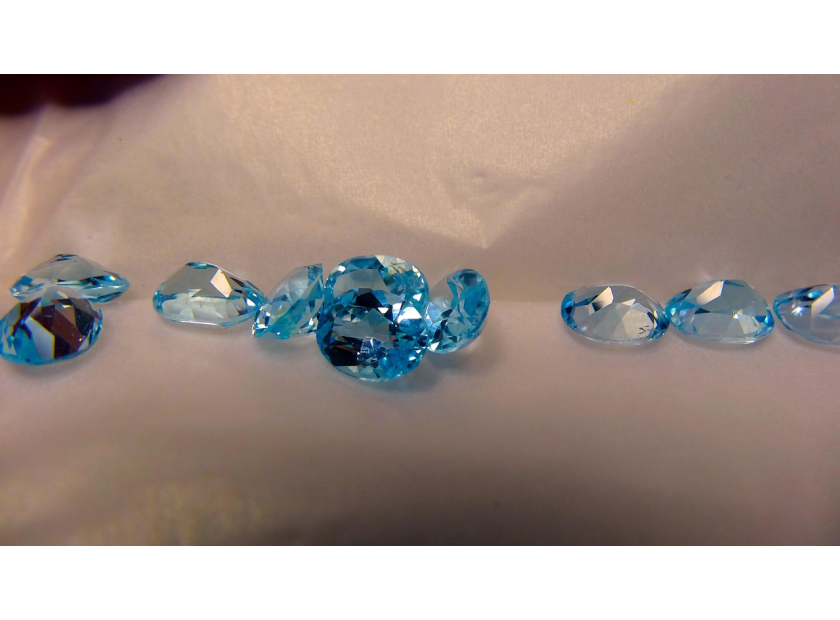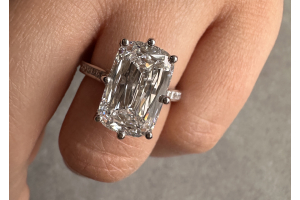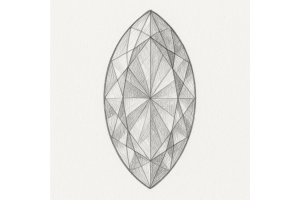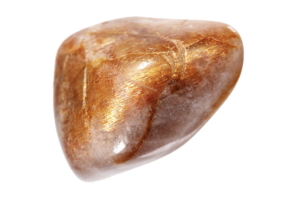GBP
/
GBP
/
Shipping to:
Currency:
Aquamarine vs Blue Topaz: Key Differences Between These Beautiful Blue Gemstones
Aquamarine and blue topaz are both captivating gemstones that grace many jewellery collections with their stunning blue hues.
At first glance, they might appear quite similar, leading to some confusion.
However, they possess distinct characteristics that set them apart.
Let's delve into these differences to help you make informed decisions when selecting between the two.
Understanding Aquamarine
Aquamarine, deriving its name from the Latin words for 'water' and 'sea', is a variety of the mineral beryl.
Its colours range from pale blue to a slightly greenish-blue, reminiscent of tranquil ocean waters.
Historically, aquamarine has been associated with calming energies and was believed to protect sailors during their voyages.
This gemstone is primarily sourced from countries like Brazil, Nigeria, Madagascar, and Afghanistan.
For those interested in unique engagement rings, aquamarine offers a distinctive choice.
You might explore engagement rings with alternative stones to find designs that incorporate this serene gemstone.
Exploring Blue Topaz
Blue topaz, on the other hand, is a silicate mineral that naturally occurs in a colourless form.
Its striking blue shades are typically achieved through irradiation and heat treatments.
The gemstone is available in various tones, commonly categorised as Sky Blue, Swiss Blue, and London Blue, each varying in depth and intensity.
Blue topaz is widely available and is often more affordable than aquamarine, making it a popular choice for many jewellery enthusiasts.
If you're considering this gemstone for a special piece, check out gemstone rings that feature blue topaz for vibrant and elegant designs.
Distinguishing Between Aquamarine and Blue Topaz
Colour Variations
Aquamarine usually exhibits a light, pastel blue with possible greenish undertones, whereas blue topaz often presents a more vivid and saturated blue.
Hardness and Durability
On the Mohs scale, aquamarine ranks between 7.5 and 8, while blue topaz stands at 8.
This indicates both are relatively durable, but care should still be taken to avoid scratches and damage.
Clarity and Inclusions
Aquamarine typically has high clarity with minimal inclusions, offering a clear and transparent appearance.
Blue topaz also tends to be eye-clean, especially due to the treatments it undergoes to enhance clarity.
Treatments
While aquamarine may undergo heat treatment to enhance its blue colour, blue topaz is commonly treated with irradiation followed by heat to achieve its blue shades.
Price Point
Generally, aquamarine is considered more valuable and is priced higher than blue topaz, reflecting its rarity and natural colouring.
Tips for Identification
Distinguishing between the two gemstones can be challenging without professional equipment.
However, observing the colour intensity and undertones can provide clues; aquamarine's hues are typically softer and may have a greenish tint, while blue topaz displays more intense blue tones.
For accurate identification, consulting with a certified gemologist is recommended.
Making Your Choice
When deciding between aquamarine and blue topaz, consider factors such as personal preference, budget, and the significance you attribute to the gemstone.
Aquamarine offers a classic and serene appeal, while blue topaz provides vibrant and bold aesthetics.
If you're leaning towards a non-traditional choice for an engagement ring, explore non-traditional engagement rings to find designs that incorporate these gemstones beautifully.
Frequently Asked Questions
Is blue topaz a good alternative to aquamarine?
Yes, blue topaz serves as an affordable alternative to aquamarine, offering similar blue hues with varying intensities.
Can aquamarine and blue topaz be worn together?
Absolutely!
Their complementary shades can create a harmonious and visually appealing combination in jewellery designs.
Which gemstone is better for daily wear?
Both gemstones are suitable for daily wear due to their hardness.
However, it's advisable to handle them with care to maintain their brilliance over time.
How should I care for my aquamarine or blue topaz jewellery?
Clean your jewellery with mild soapy water and a soft brush, and avoid exposing them to harsh chemicals or extreme temperatures to preserve their beauty.








